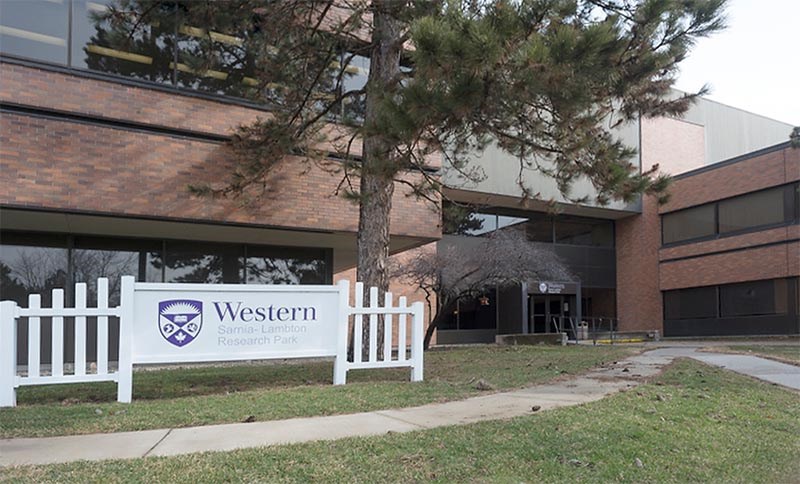Score one for Sarnia’s research park
A Sarnia-based tech developer is teaming up with Canada’s largest mushroom producer to build a facility in Ontario using a process developed at the Western Sarnia-Lambton Research Park on Modeland Road.
The $1.4 million project will convert waste from mushroom farms into a liquid mineral fertilizer, said Mohammad Rahbari, president of Cennatek, which has operated a lab in Sarnia since 2008.
“It’s been a long road … and the research park played a critical role in our ability to produce this product.”
The new “BioLiNE” process developed here extracts valuable minerals like nitrogen, potassium and calcium from mushroom substrate, a waste product of mushroom farming.
The finished product is a liquid fertilizer with no organic matter or microbes, making it ideal for spraying on farm crops, Rahbari said.
“If I was to say a home and garden use, it would be very comparable with Miracle-Gro.”
Cennatek is partnering with Highline Mushrooms, Canada’s largest mushroom grower with several farms in Ontario and a distribution facility in Montréal.
The processing plant won’t be located in Sarnia-Lambton. It needs to be close to a mushroom farm and will most likely go to Essex or Prince Edward County, Rahbari said.
“You’ve got to be close to the source.”
Gord Surgeoner, President of Ontario Agri-Food Technologies, said he’s been following the Sarnia project closely for years.
“It is that rare mix of good science, great engineering, and a scalable commercial opportunity,” he said. “I wish them every success."
- George Mathewson
